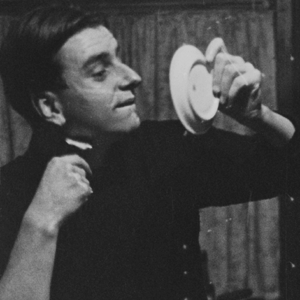As an anthropologist Tom Harrisson had studied small groups of people living in Malekula in the New Hebrides. His book Savage Civilisation was the result of this study.
The marriage of Edward VIII and Mrs Simpson and the subsequent abdication crisis occurred soon after he had returned to England. The popular outcry that followed this event came as a surprise to many upper class intellectuals.
As a result Harrisson decided to spend time working in a mill in Bolton and used this opportunity to ask ordinary working Boltonians what they thought of the abdication. He also asked them the sort of questions that he would have asked of the Malekulans about their everyday activities.
It was about this time that he saw a letter published in the New Statesman by the poet Charles Madge calling for a new “science of ourselves”. He wanted to examine British culture in order to understand its character.
Harrisson identified with these ideals and contacted Madge. And so the MO was founded in 1937 in conjunction with Madge and the filmmaker Humphrey Jennings. He wanted to apply anthropological techniques to the study of the working population in the UK. He advocated a method of investigation that required the intimate observation of its subjects and an obsessive concern with the most trivial aspects of everyday life, rituals and customs.
He represented the empirical and scientific aspect of the MO working in conjunction with the more artistic and abstract methods of his collaborators. Unlike them he possessed no particular political allegiances and was a committed self-publicist. He frustrated the rest of the team with his tendency to formulate theories and trying to gather information to support his ideas rather than to challenge them.
Harrisson left the MO in 1942 to join the Army though continued to have some practical involvement with the project until he left England again in1947. He returned to Bolton in 1960 with a group of individuals that included Humphrey Spender, the artist Julian Trevelyan and playwright Bill Naughton. The purpose of this visit was to examine changes that had occurred in the town since 1937 by repeating much of the methodology of the earlier project.
In 1970 Harrisson was asked to compile the MO papers for a research archive at the University of Sussex. He died in an accident in 1975, three months after the Tom Harrisson Mass-Observation Archive opened at Sussex.